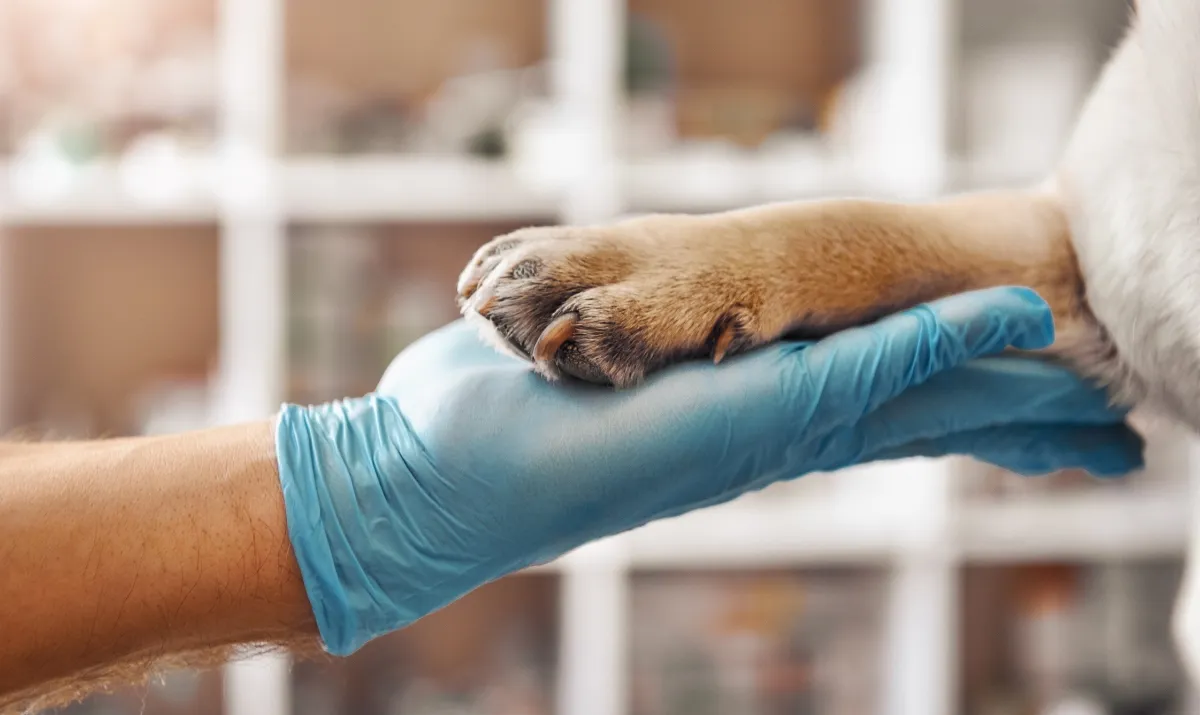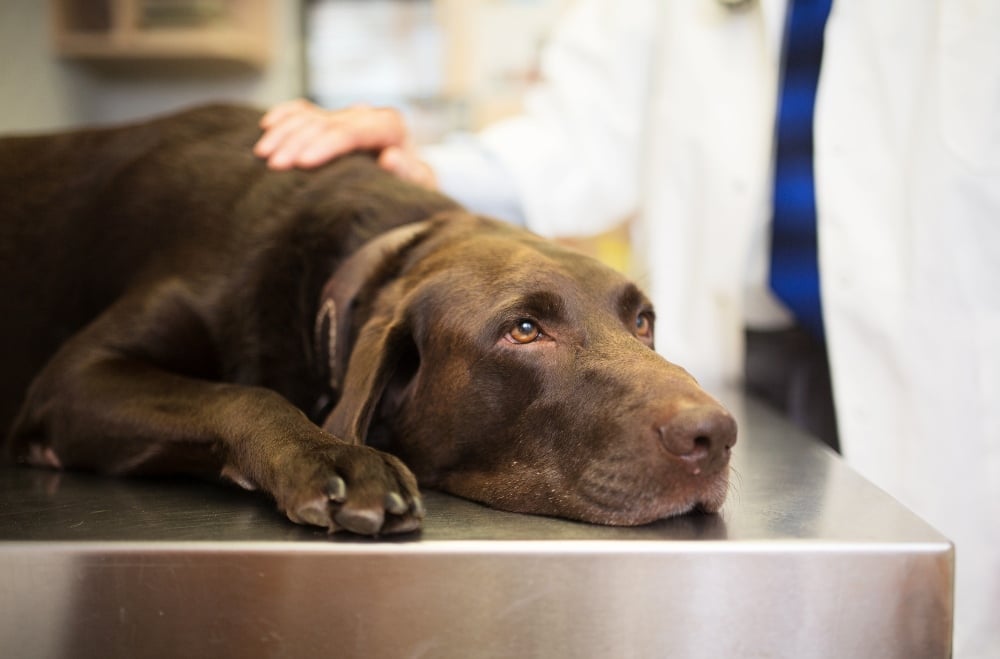Table of Contents
Pet insurance can be a lifesaver for your furry companion and your budget. But policies vary, and it’s not always clear what’s included. So what does pet insurance cover, exactly?
While coverage depends on the provider and plan, most pet insurance is generally designed to help with unexpected veterinary costs. That means accidents, illnesses, and emergencies are often included for coverage, while routine care and pre-existing conditions may not be covered.
Let’s break down what’s typically covered and what’s not, so you can begin thinking about the best choice for your pet – this article is intended to be a general description of pet insurance coverage terms, but you will want to evaluate the specific terms and conditions offered by a pet insurer offering coverage for your pet
Major Pet Insurance Coverage Areas
The core of most pet insurance plans revolves around major medical needs. These include:
1. Accidents and Injuries
If your pet swallows a toy, breaks a bone, or gets hit by a car, pet insurance can help cover diagnostics, surgery, follow-up care, and medications related to the injury. Healthy Paws covers care for new accidents and injuries.
2. Illnesses
From cancer to diabetes to chronic conditions, pet insurance usually helps pay for treatment of new, unexpected illnesses. Covered costs may include diagnostics, imaging, and prescription medication. Healthy Paws covers care for new illnesses.
3. Prescriptions and Medications
Most plans include coverage for vet-prescribed medications to treat covered injuries or illnesses. That can include antibiotics, allergy meds, pain relief, and more. Healthy Paws covers prescription medications for covered conditions.
4. Hospitalizations and Emergency Care
If your pet needs overnight care or has to be treated at an emergency clinic, many pet insurance plans will cover the eligible expenses, including IV fluids, monitoring, and urgent surgery. Healthy Paws covers these for new conditions.
Other Pet Insurance Coverage Areas
Some plans also include or allow add-ons for more specialized care.
Specialized Care
This may include physical therapy, acupuncture, or even alternative treatments when recommended by a licensed vet as part of recovery from a covered condition.
Behavioral Care
Certain plans help with vet-recommended behavioral therapy to address issues like aggression, anxiety, or compulsive behaviors. Healthy Paws does not cover behavioral training or modifications.
What Does Pet Insurance Typically NOT Cover?
There are a few important exclusions that apply to most plans. Knowing these ahead of time helps avoid surprise bills.
1. Pre-Existing Conditions
If your pet showed signs of a condition before your plan started or during the waiting period, it’s typically excluded from coverage. Some plans may differentiate between curable and incurable conditions.
2. Cosmetic Procedures
Pet insurance won’t cover cosmetic things like tail docking, ear cropping, or declawing unless medically necessary. Elective procedures are also generally excluded.
How Pet Insurance Can Help
The right plan can make an overwhelming emergency more manageable. Whether it’s a midnight trip to the ER or long-term care for a chronic illness, the right dog or cat insurance helps reduce financial stress so you can focus on your pet’s recovery.
Keep in mind: pet insurance coverage varies by the insurance company providing the coverage. Be sure to ask your insurance agent or pet insurer what’s included in the policy and check for limitations, exclusions, and waiting periods before you enroll.
FAQs about Pet Insurance
Can I get coverage for dental care?
Dental trauma, like a cracked tooth from an accident, is often covered. Routine dental cleanings or treatment for pre-existing dental disease usually are not. Learn more about what is and isn’t covered by Healthy Paws.
Does pet insurance typically cover emergency vet visits?
Yes, most plans cover emergency visits related to sudden injuries or illnesses, including tests, treatment, and overnight stays if needed.
Does pet insurance typically cover chronic conditions?
Yes, as long as the condition is not pre-existing and your pet is enrolled before symptoms appear, chronic conditions like arthritis or diabetes are usually covered.
The material presented herein is advisory in nature and is offered as a resource to be used together with your professional insurance advisors in maintaining a loss prevention program. It is not intended as a substitute for legal, insurance, or other professional advice, but rather is presented for general information only. You should consult knowledgeable legal counsel or other knowledgeable experts as to any legal or technical questions you may have.








